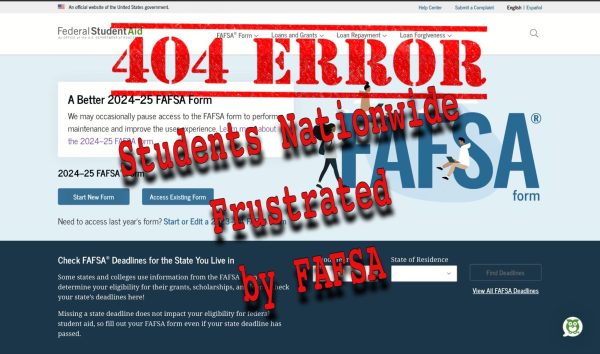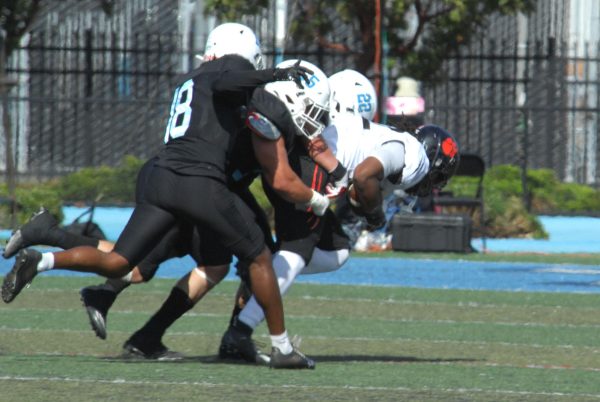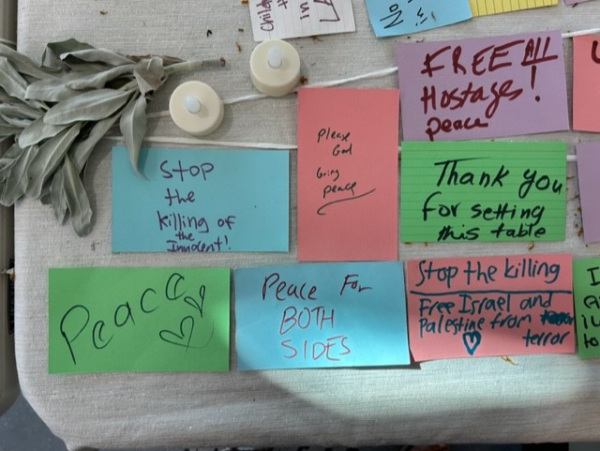Immigrants face scrutiny, hostility
White House to redefine unjust travel ban, prepares to hire 5,000 border patrol officers
March 29, 2017
In an attempt to make good on his campaign promises to secure America’s southern border with Mexico and restrict the free passage of Muslims across any U.S. boundaries, President Donald Trump uses executive orders to make his vision of America our reality.
Trump began his presidency by releasing a barrage of executive orders, many of which aimed to shift immigration policies to better fit his concept of a greater America.
On Jan. 25, just five days after his presidential inauguration, the president signed his 12th executive order titled “Border Security and Immigration Enforcement Improvements.”
Trump used current laws to serve as the scaffolding for his restructured policy.
According to the order, listed on whitehouse.gov, existing laws cited in the legislation were the Immigration and Nationality Act (8 U.S.C. 1101 et seq.) (INA), the Secure Fence Act of 2006 (Public Law 109-367) (Secure Fence Act), and the Illegal Immigration Reform and Immigrant Responsibility Act of 1996 (Public Law 104-208 Div. C).
The order highlighted details in current immigration laws that the incoming administration felt were too passive and needed bolstering.
Enhanced immigration policies are not only meant for states along the southern border. In addition to hiring 5,000 border patrol agents, new Federal-State Agreements have been reached to cast a wider net over America.
It gives state and local law enforcement agencies the authority to perform the functions of an immigration officer in the interior of the United States to the maximum extent permitted by law.
The order also clears a financial pathway to pay for construction of a southern border wall.
Trump was less successful on his second attempt at curbing immigration. He announced the Executive Order Protecting The Nation From Foreign Terrorist Entry Into The United States on Jan. 27. The order restricted travel into the U.S. by foreign nationals from seven nations from the Middle East and Africa — Iran, Iraq, Libya, Somalia, Sudan, Syria and Yemen.
Moments into its implementation, the order garnered national outrage as members of the seven majority-Muslim nations were systematically detained at American airports, most with valid temporary visas. Public outcry forced the president to rescind the order with a promise to quickly present a revised version of the ban.
The president presented his second “travel ban” March 6 in an order under the same name. The new version omits Iraq from the list and allows people who obtained visas before Jan. 27 to enter the country. Hours before it was implemented March 16, a federal judge blocked it.
Despite the attempt to orchestrate a selective international immigration enforcement, families continue to be torn apart by domestic immigration policies that have not attracted the same level of legal support.













